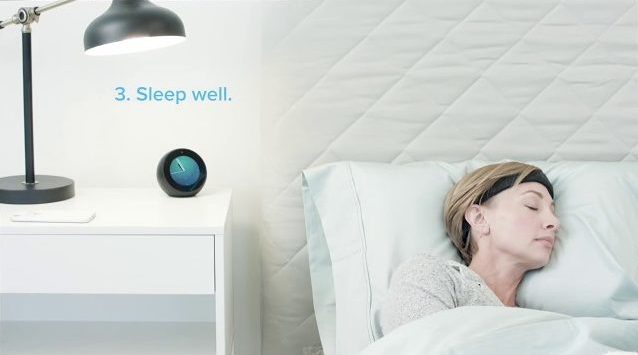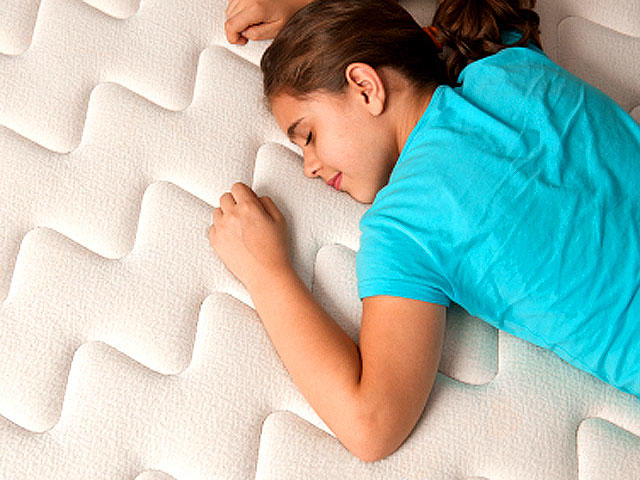Many people find a soft mattress more comfortable than a harder sleeping surface. However, it is often very difficult to find a soft mattress that still supports the body well and in which one does not sink.
The consequence of low quality mattresses is then quite quickly poor sleep, increased fatigue, stress and back and neck pain.
In order that you don’t have this feeling every morning and still be able to sleep on a comfortably soft mattress, we would like to show you what is the best soft mattress with the most important features that it should have.
Apart from a pleasant sleeping and lying sensation, the stability of the mattress and your body measurements are also important. Finally, we show you our top recommendations in a table!
Pay attention to stability and support
What does stability mean for a mattress?
Stability indicates how well a mattress is able to keep the spine in a correct alignment and support it in this form by reducing and relieving pressure points.
Stability, on the other hand, merely shows how the mattress feels. It is either hard or soft. Of course, this also depends on the construction and the materials chosen.
Stability is not only a decisive factor for a soft mattress. Stability plays an important role when buying any type of mattress, regardless of hardness. After all, every sleeper should be well supported.
But it is a mistake to confuse the term stability with hardness and thus with the lying sensation of a mattress. So it is very important: stability is not equal to hardness!
In short, stability means the correct and stabilized alignment of the spine. One might think that this is also related to hardness.
Even a soft mattress can be stable
However, we can say that even a hard mattress can have completely poor stability, whereas a soft mattress can also have excellent stability and the respective sleeper is well supported on it.
It is rather crucial that the mattress manages to support your back in such a way that the spine remains in a normal alignment and annoying pressure points are avoided or relieved and thus reduced. If this does not happen, you will wake up with severe pain after only a few days.
In the short term, this may not be such a big problem, especially for young people. But if your sleeping mat gives you a bad sleep and causes you back pain, it is definitely the wrong mattress! You should change it. Your future self will be grateful for it.

Which materials were used?
If you are thinking about buying a soft mattress, you should pay particular attention to the materials used in the mattress base and how it is constructed.
You should therefore make sure that the mattress has a good base layer with a high-quality cold foam or PUR foam. Supporting transition or comfort layers of cold foam can also be very important.
Many mattresses now have integrated lying zones. These lying zones regulate and control the sinking into the mattress. It is very important that you sink into the mattress more in certain places and less in others.
In the shoulder and pelvic area, for example, you should sink more into the mattress than in the head or legs. The latter zones should be supported even more.
If you sink into this area correctly or are stabilized, then your spine is in a healthy alignment.
For this reason, we can recommend that you pay particular attention to such “little things” as lying zones. Separate shoulder zones can also help here.
For whom is a soft mattress suitable?
All in all soft mattresses are suitable for people who prefer soft sleep than hard sleep. However, you should still be careful when buying a soft mattress, because not everyone should sleep on a soft mattress.
For side sleepers, softer mattresses are mostly a little better, as the soft foams can adapt well to the body curves and on such mattresses, most of the times, they sink sufficiently in the pelvic area and in the shoulder zone, whereby side sleepers can sleep relaxed on such mattresses.
However, back sleepers and stomach sleepers should pay particular attention to soft mattresses. If the mattress is too soft, the back sleepers quickly sink too deeply into the mattress and cannot find any support.
Belly sleepers also run the risk of forming a strong hollow back if the mattress is too soft, as the body’s centre of gravity is now near the upper body and the pressure comes from there. Both belly and back sleepers therefore need a particularly stable mattress in which they do not sink in too much.

